In this tutorial, we will learn how to implement a dynamic autocomplete search using Select 2 js in Laravel 9. we will explain it step by step with the help of an example.
Step 1: Installing project
Firstly, we will create a new Laravel 9 app and connect it to the local database.
composer create-project laravel/laravel Autocomplete
Step 2: Creating migration and model
Now to create migration and model for the students, let’s run the following command in the terminal.
php artisan make:model Student -mfThis command will create a migration, factory, and model for students. let’s navigate these files in their respective directories and write the code.
/database/migrations/2021_05_27_100722_create_students_table.php
<?php
use Illuminate\Database\Migrations\Migration;
use Illuminate\Database\Schema\Blueprint;
use Illuminate\Support\Facades\Schema;
class CreateStudentsTable extends Migration
{
/**
* Run the migrations.
*
* @return void
*/
public function up()
{
Schema::create('students', function (Blueprint $table) {
$table->id();
$table->string('name');
$table->string('email');
$table->integer('password');
$table->timestamps();
});
}
/**
* Reverse the migrations.
*
* @return void
*/
public function down()
{
Schema::dropIfExists('students');
}
}Now we need to run the migration using the following command:
php artisan migrate/Database/Factories/StudentFactory.php
<?php
namespace Database\Factories;
use Illuminate\Database\Eloquent\Factories\Factory;
class StudentFactory extends Factory
{
/**
* Define the model's default state.
*
* @return array
*/
public function definition()
{
return [
'name' => $this->faker->name(),
];
}
}/App/Models/Student.php
<?php
namespace App;
use Illuminate\Database\Eloquent\Model;
class Student extends Model
{
/**
* Write code on Method
*
* @return response()
*/
protected $fillable = [
'name', 'email','password',
];
}Step 3: Injecting dummy students
We will inject dummy data using the PHP tinker command.
php artisan tinker
Student::factory()->count(20)->create()Step 4: Creating routs
now we will create two routes, one for indexing the page and the other to process ajax requests for searching in the database asynchronously.
<?php
use App\Http\Controllers\StudentController;
use Illuminate\Support\Facades\Route;
/*
|--------------------------------------------------------------------------
| Web Routes
|--------------------------------------------------------------------------
|
| Here is where you can register web routes for your application. These
| routes are loaded by the RouteServiceProvider within a group which
| contains the "web" middleware group. Now create something great!
|
*/
Route::get('/', [StudentController::class, 'index']);
Route::get('/studentSearch', [StudentController::class, 'studentSearch'])->name('studentSearch');Step 4: Create Controller
In this step we will create StudentController using the command below:
php artisan make:controller StudentControllerNow in this controller, we will create 2 methods:
- index()
- studentSearch()
app/Http/Controllers/AutocompleteController.php
<?php
namespace App\Http\Controllers;
use Illuminate\Http\Request;
use App\Models\Student;
class SrudentController extends Controller
{
/**
* Write code on Method
*
* @return response()
*/
public function index()
{
return view('welcome');
}
/**
* Write code on Method
*
* @return response()
*/
public function studentSearch(Request $request)
{
$data = [];
if ($request->has('q')) {
$search = $request->q;
$data = Student::select("id","name")->where('name','LIKE',"%$search%")->get();
}
return response()->json($data);
}
}<!DOCTYPE html>
<html>
<head>
<title>Laravel Select2 Dynamic Autocomplete Search - laramatic.com</title>
<link rel="stylesheet" type="text/css" href="https://cdnjs.cloudflare.com/ajax/libs/twitter-bootstrap/5.0.0-alpha1/css/bootstrap.min.css">
<script src="http://ajax.googleapis.com/ajax/libs/jquery/1.9.1/jquery.js"></script>
<link href="https://cdnjs.cloudflare.com/ajax/libs/select2/4.0.3/css/select2.min.css" rel="stylesheet" />
<script src="https://cdnjs.cloudflare.com/ajax/libs/select2/4.0.3/js/select2.min.js"></script>
<style>
body{
padding: 50px;
background-color: #f7fcff;
}
</style>
</head>
<body>
<div class="container mt-4">
<div class="row">
<div class="col-md-10 mx-auto">
<div class="card">
<div class="card-header bg-success text-white text-center">
<h4>Laravel Select2 Dynamic Autocomplete Search - laramatic.com</h4>
</div>
<div class="card-body">
<div class="row">
<div class="col-md-12">
<select class="itemName form-control" name="itemName"></select>
</div>
</div>
</div>
</div>
</div>
</div>
</div>
</body>
<script type="text/javascript">
$('.itemName').select2({
placeholder: 'Select an item',
ajax: {
url: '/studentSearch',
dataType: 'json',
delay: 250,
processResults: function (data) {
return {
results: $.map(data, function (item) {
return {
text: item.name,
id: item.id
}
})
};
},
cache: true
}
});
</script>
</html>Finally, we are ready to run our app and see the results, so run the following command:
php artisan serveLet’s open the below URL in the browser and see the results.
http://localhost:8000Output:
Let’s hope this tutorial will give you some insight on how to implement dynamic autocomplete search using Select 2 js in Laravel 9.

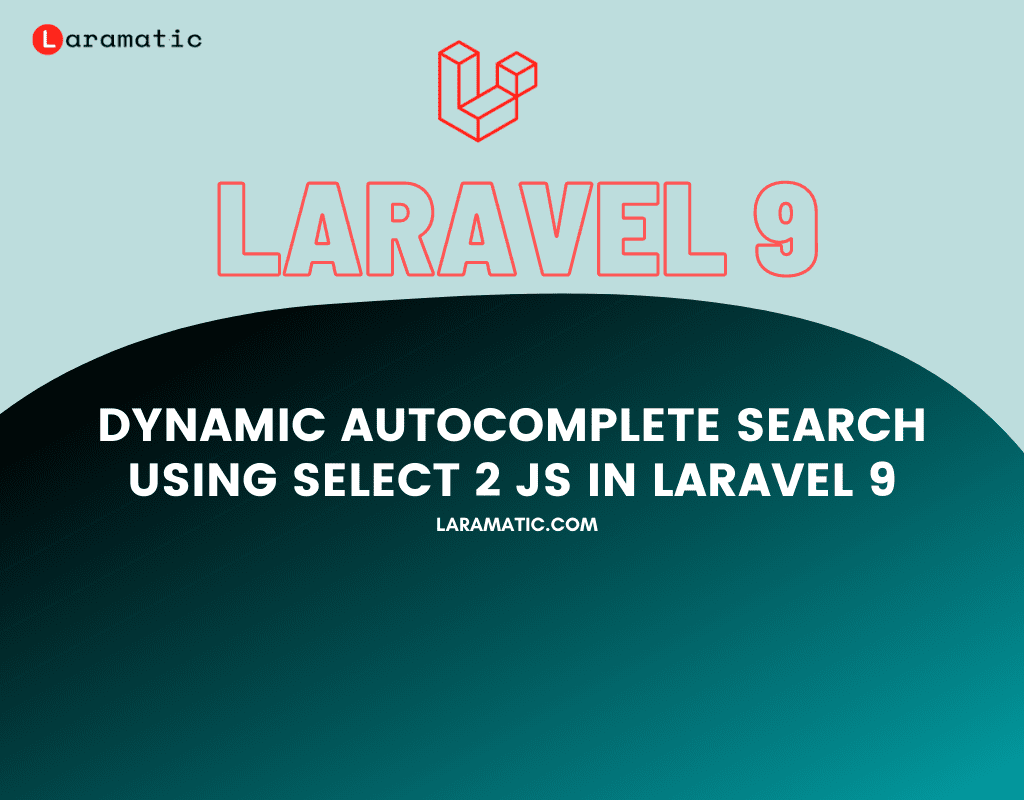



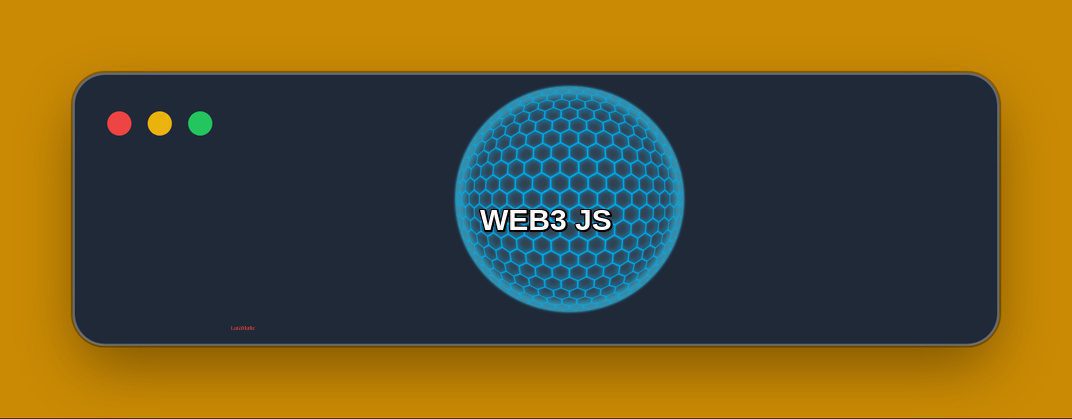
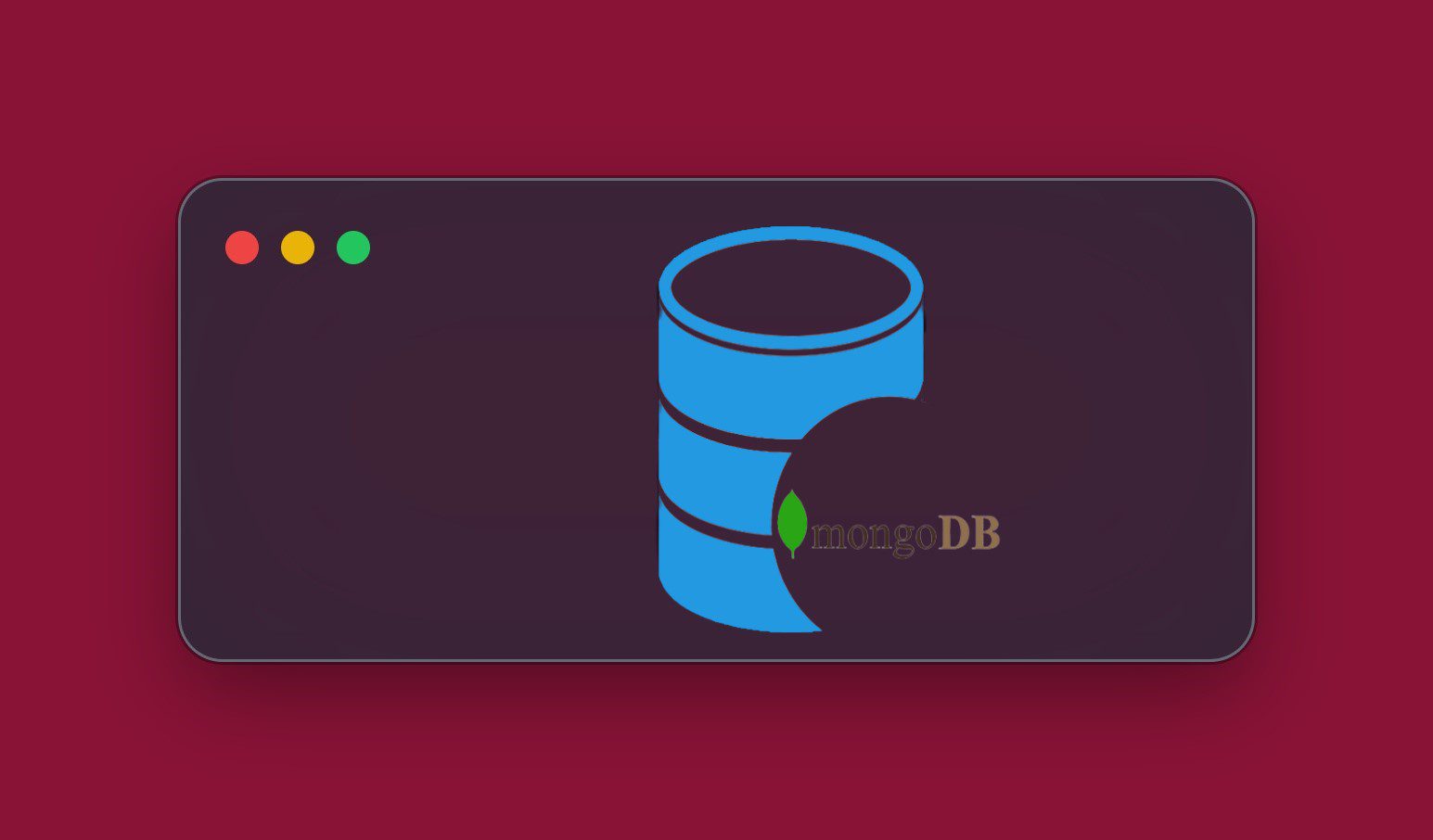
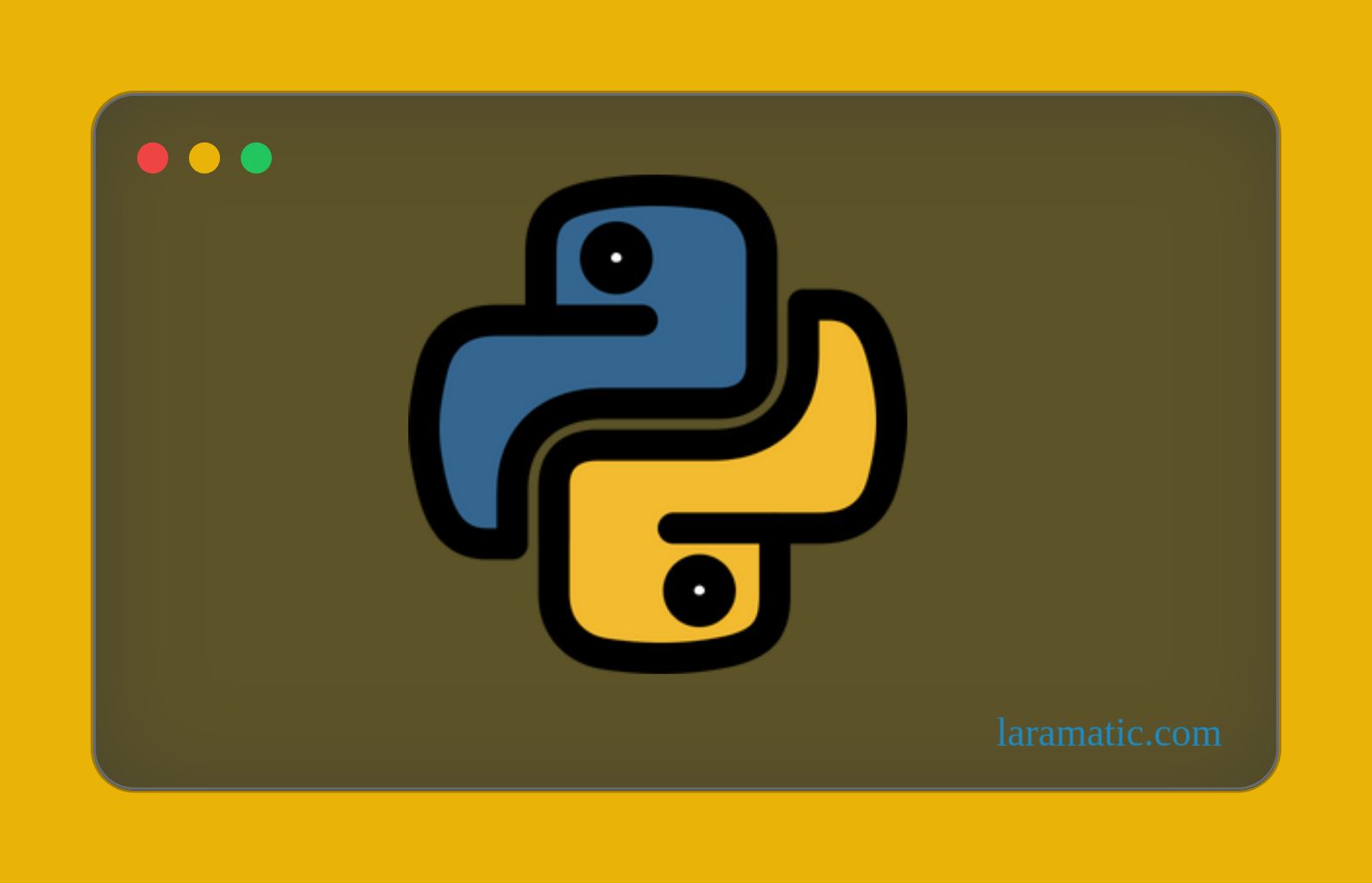

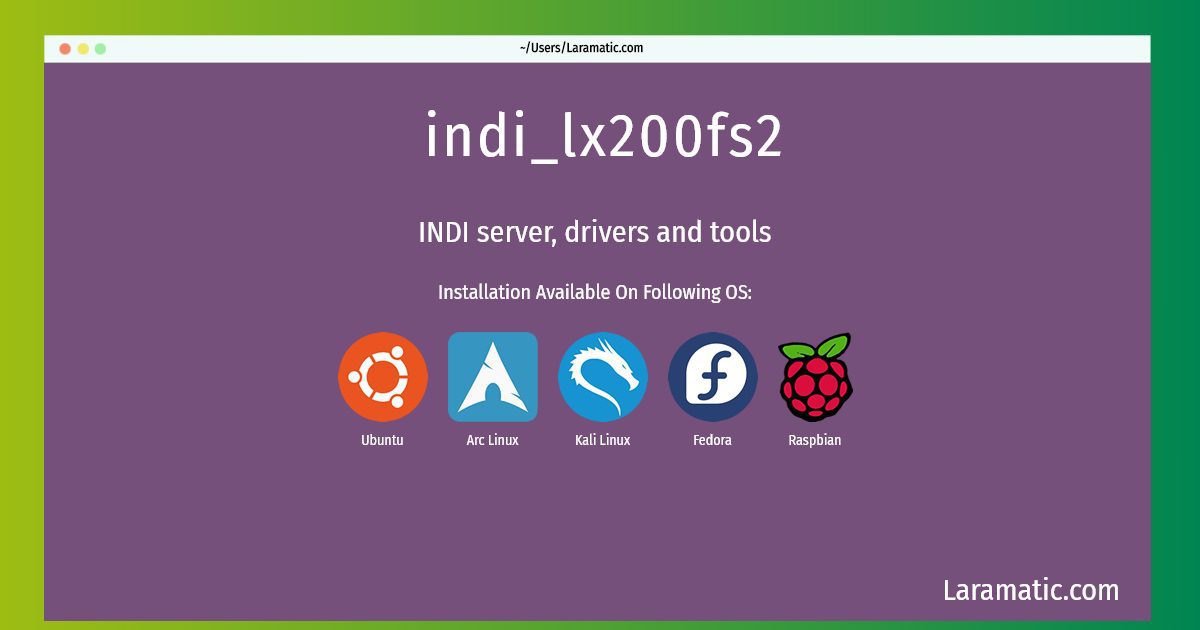
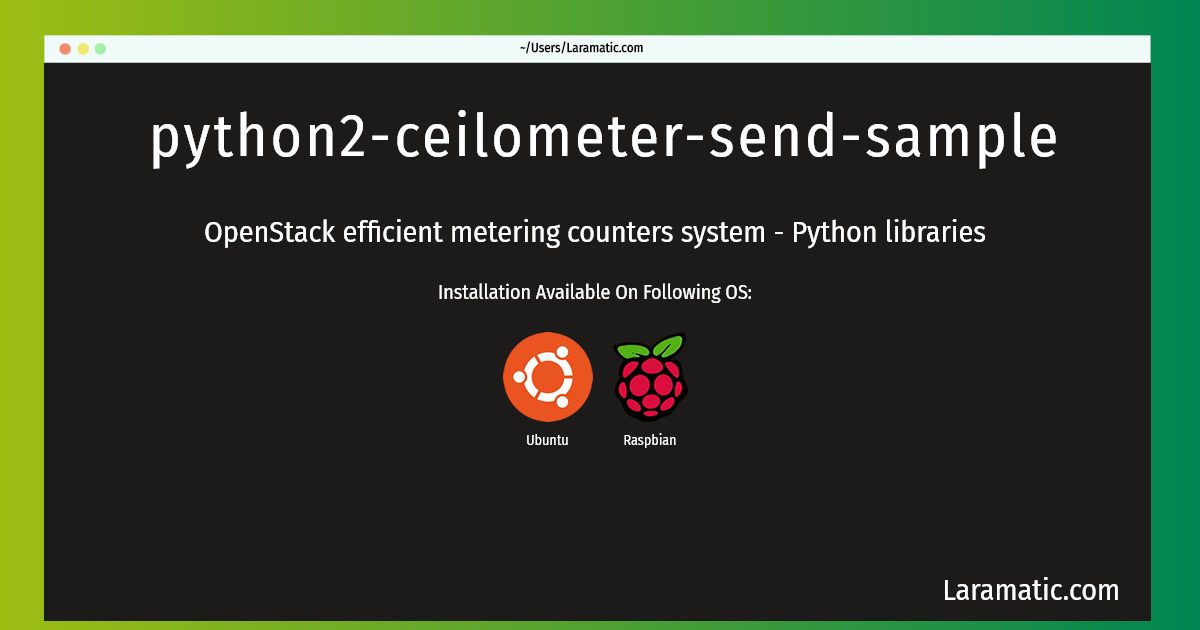
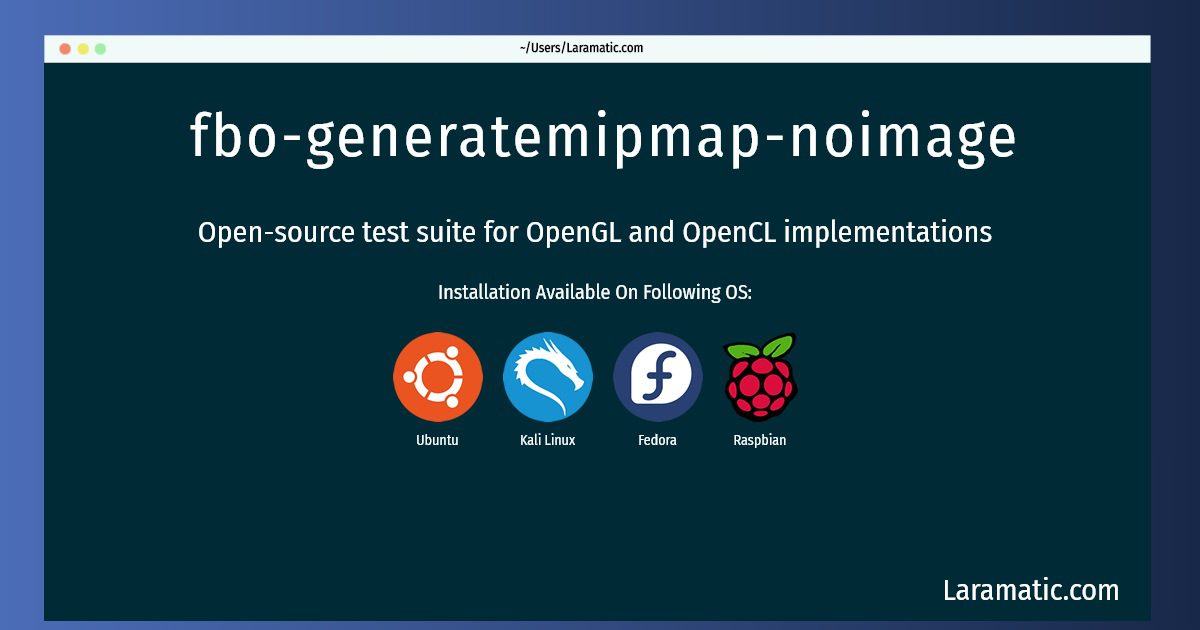
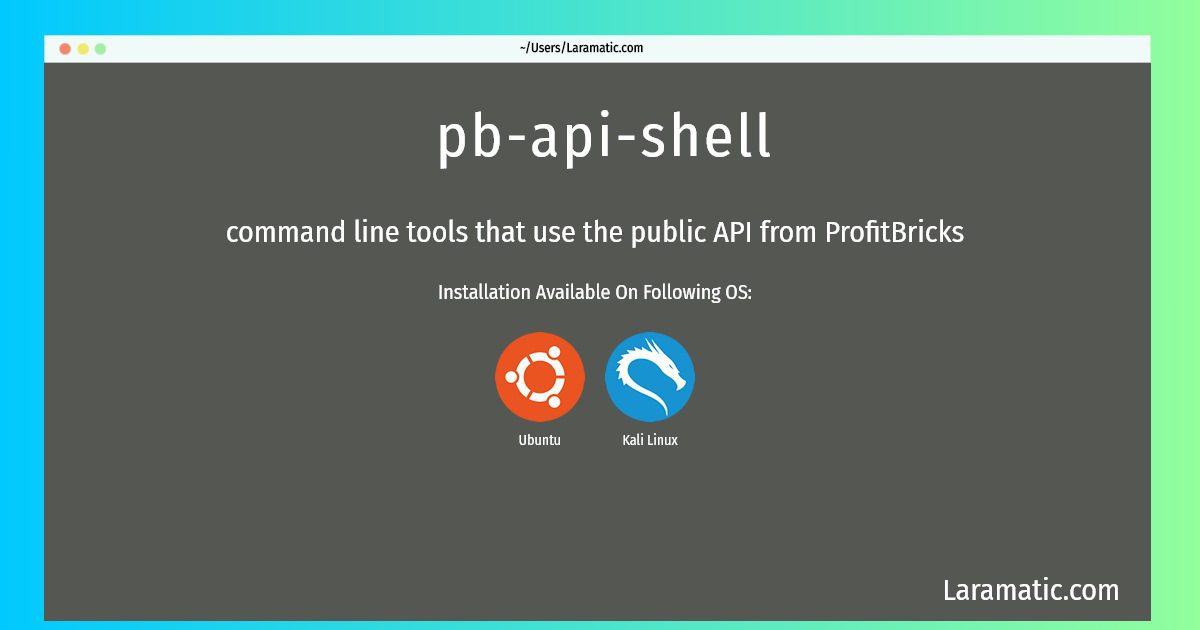
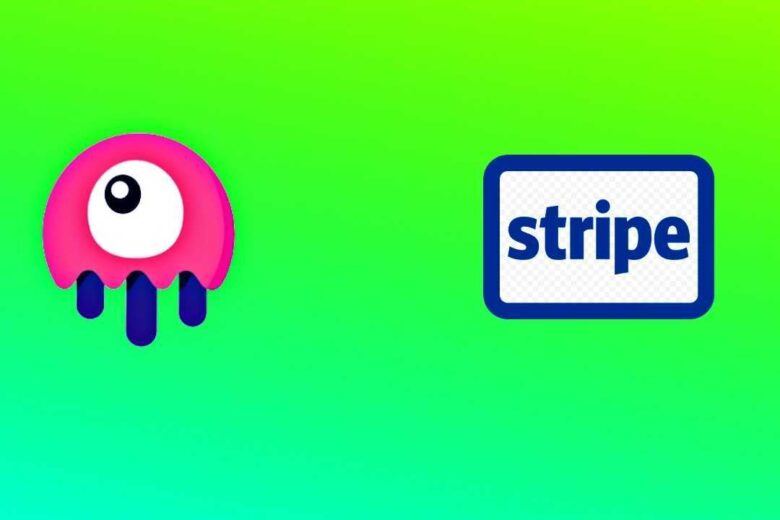


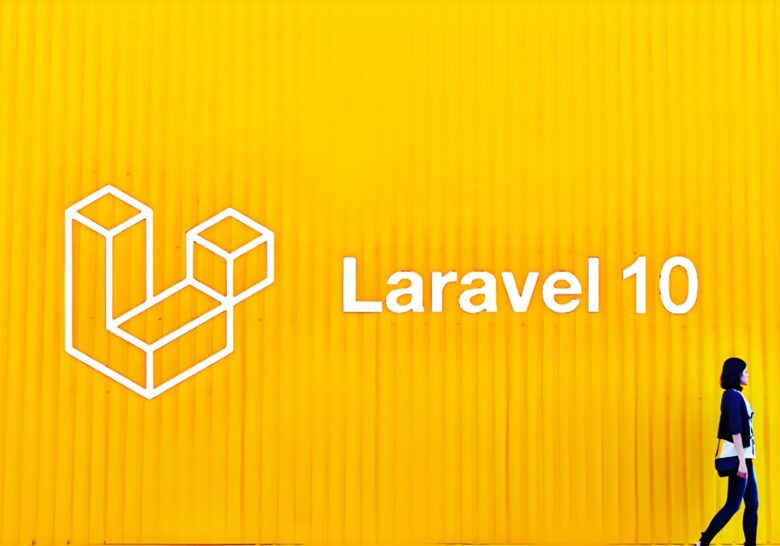
Leave a Review